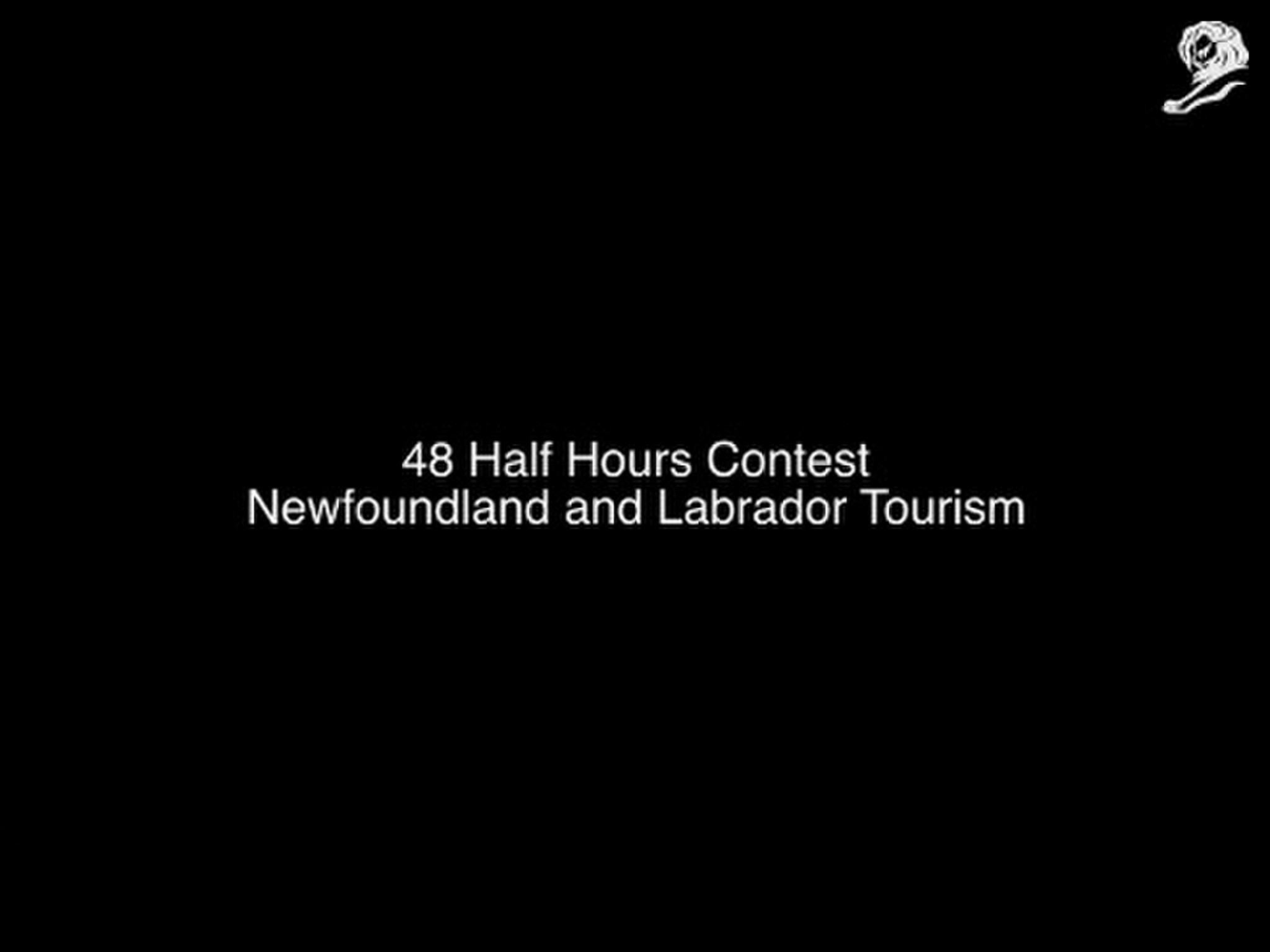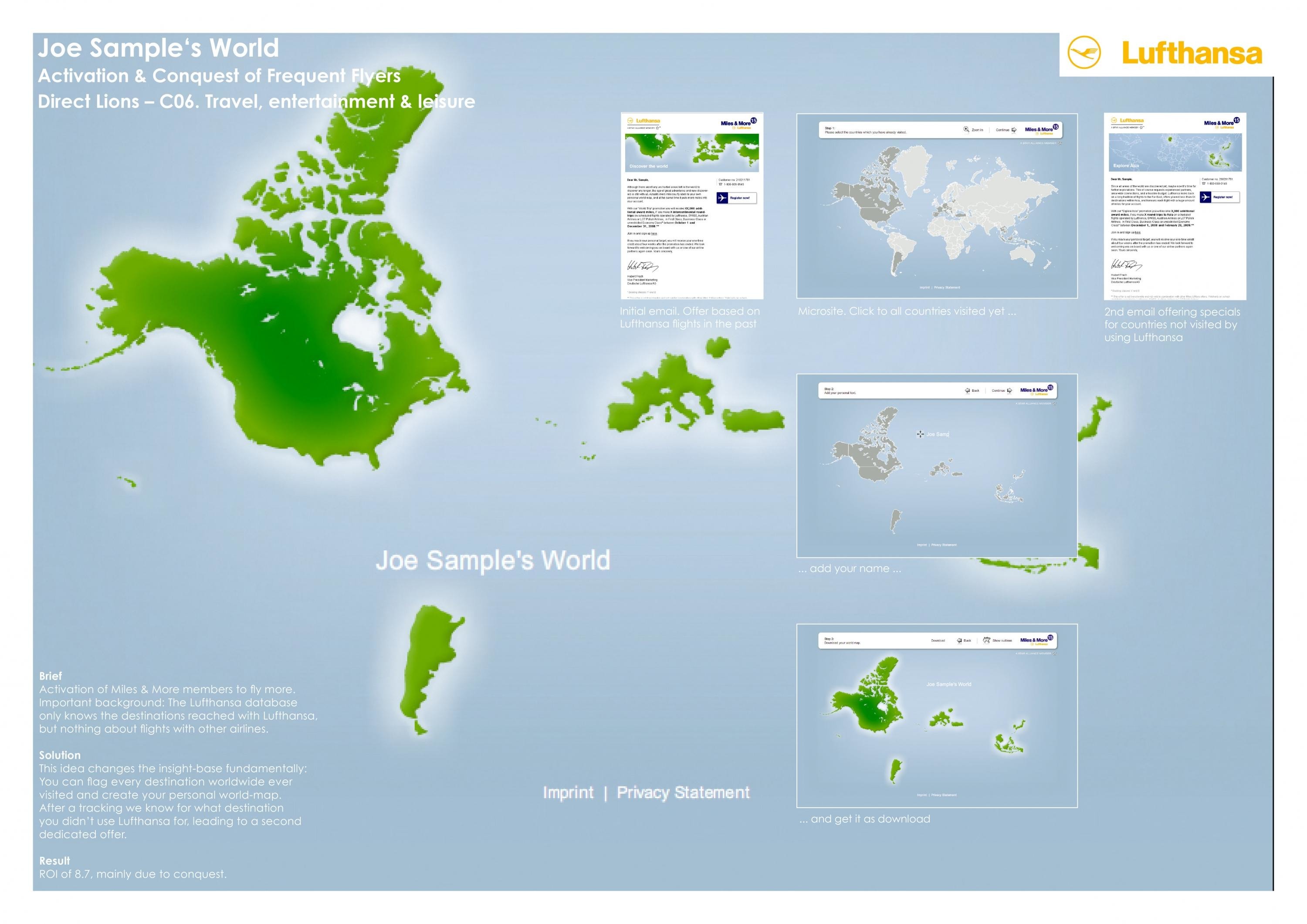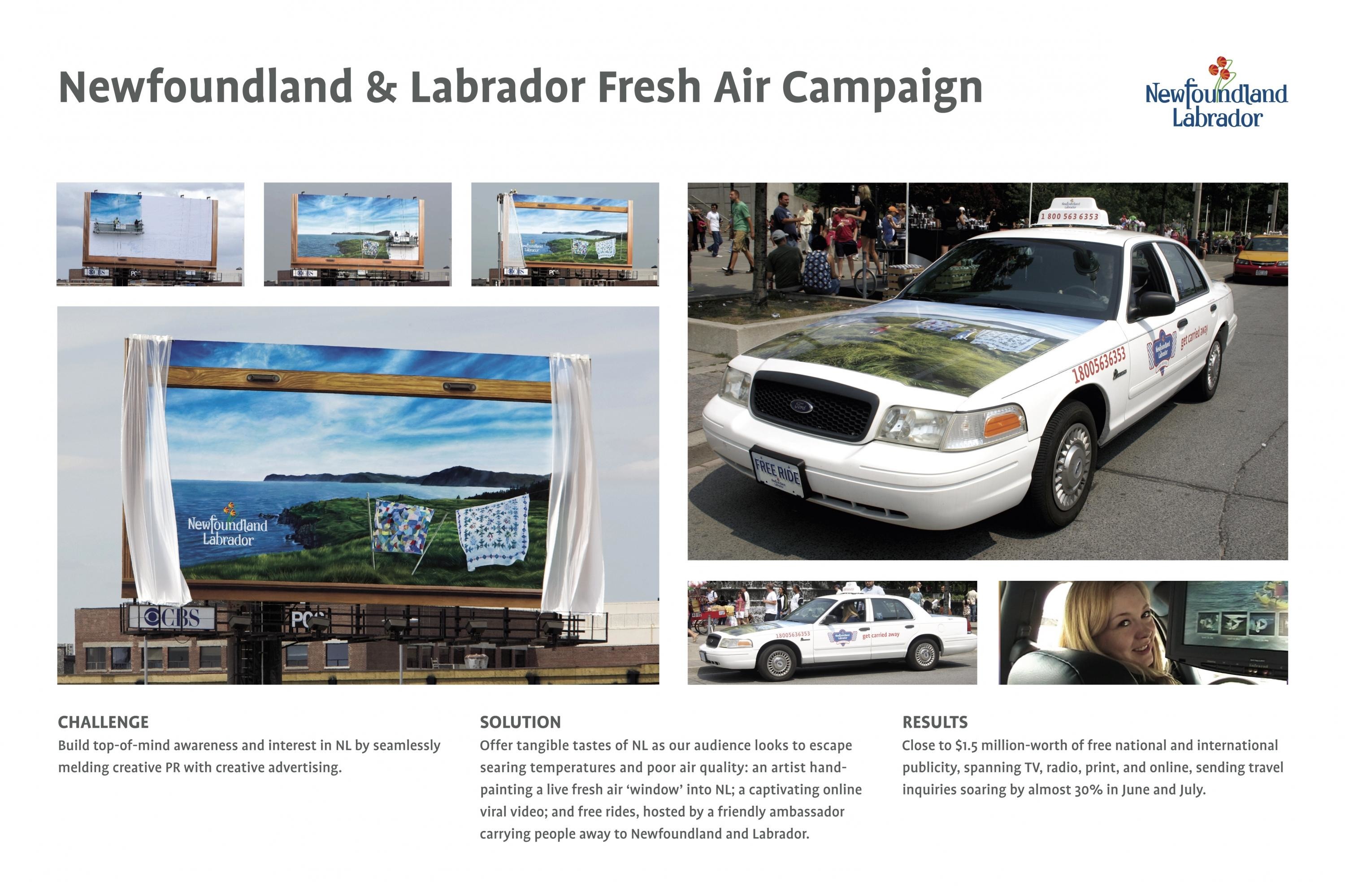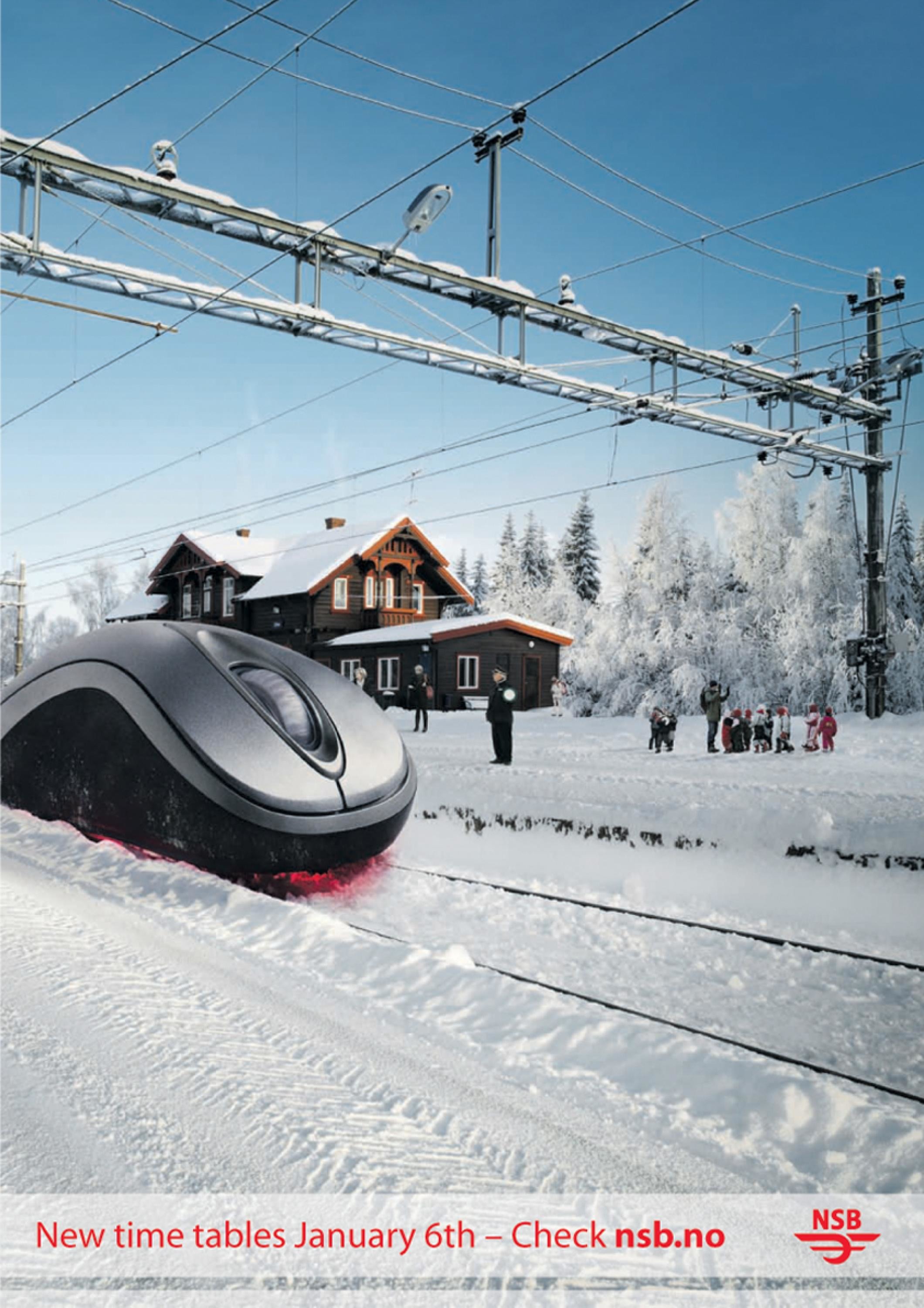Cannes Lions
IcebergFinder.com
TARGET CANADA, St johns / NEWFOUNDLAND & LABRADOR TOURISM / 2019

Overview
Entries
Credits
OVERVIEW
Background
Newfoundland and Labrador is one of the best places in the world to view icebergs. And each year, travellers come from far and wide to see them. But not only do icebergs move and melt, they’re also only around for a short period of time. So, how do we ensure that travellers see an iceberg during their visit?
Newfoundland and Labrador’s objective was to enhance the overall iceberg viewing experience for travellers.
Secondary Objectives:
Position Newfoundland and Labrador as a top iceberg travel destination.
Make icebergs more accessible.
Encourage user-generated content.
Audience Snapshot:
+45 couples and empty-nesters; above-average household income; a higher-than-average proportion who are university educated.
The total production budget for IcebergFinder.com, including all agency professional fees and out-of-pocket production costs, was estimated at approximately $239,950 CAD.
Idea
With tens of thousands of kilometres of coastline, icebergs aren’t always easy to find. To help travellers to Newfoundland and Labrador track them down, we created IcebergFinder.com. Powered by data from NASA and ESA satellites, IcebergFinder.com plots the real-time geolocation of icebergs. It also generates travel routes via Google Maps. Now travellers could see icebergs how, when, and where they wanted. They could also upload and share their photos, connecting more travellers with more icebergs.
Strategy
How do you ensure that travellers to Newfoundland and Labrador see an iceberg during their visit? You give them a mobile-friendly tool. That’s how.
In 2018, IcebergFinder.com connected travellers with over 500 icebergs. This resulted in half a million map interactions, 45,000 photo gallery views, and numerous traveller photos being uploaded to the site and shared on Instagram via #IcebergsNL — connecting more travellers with more icebergs.
Execution
CHALLENGE
Newfoundland and Labrador is one of the best places in the world to view icebergs. And each year, travellers come from far and wide to see them. But not only do icebergs move and melt, they’re also only around for a short period of time. So, how do we ensure that travellers see an iceberg over the course of their visit?
OBJECTIVES
To enhance the overall iceberg viewing experience for travellers.
Position Newfoundland and Labrador as a top iceberg travel destination.
Make icebergs more accessible.
Encourage user-generated content.
IDEA
Using real-time data pulled from NASA and ESA satellites orbiting the Earth, we created IcebergFinder.com – a mobile-first website that plots the location of icebergs and then generates a Google Map route for travellers to get there. Users could then share their own iceberg photos, connecting more travellers with more icebergs.
HOW IT WORKS
Scanning Newfoundland and Labrador’s coastline via radar and optical images, IcebergFinder.com pinpoints the geolocation of icebergs.
Orbiting 14 times per day, our satellites utilize radar and optical images. Radar images are the result of a signal bouncing off an object — the echo is recorded and the data is translated into a viewable image. Here, the biggest challenge is separating icebergs from container ships.
That’s where optical satellite images come into play. We analyze and cross reference these optical images for shape, size, and brightness. Combining this data with radar images, we are able to accurately determine what’s an iceberg and what’s not.
RESULTS
In 2018, IcebergFinder.com connected travellers with over 500 icebergs. This resulted in half a million map interactions, 45,000 photo gallery views, and numerous traveller photos being uploaded to the site and shared on Instagram via #IcebergsNL — connecting more travellers with more icebergs.
Launch: May 25, 2018
Similar Campaigns
12 items









